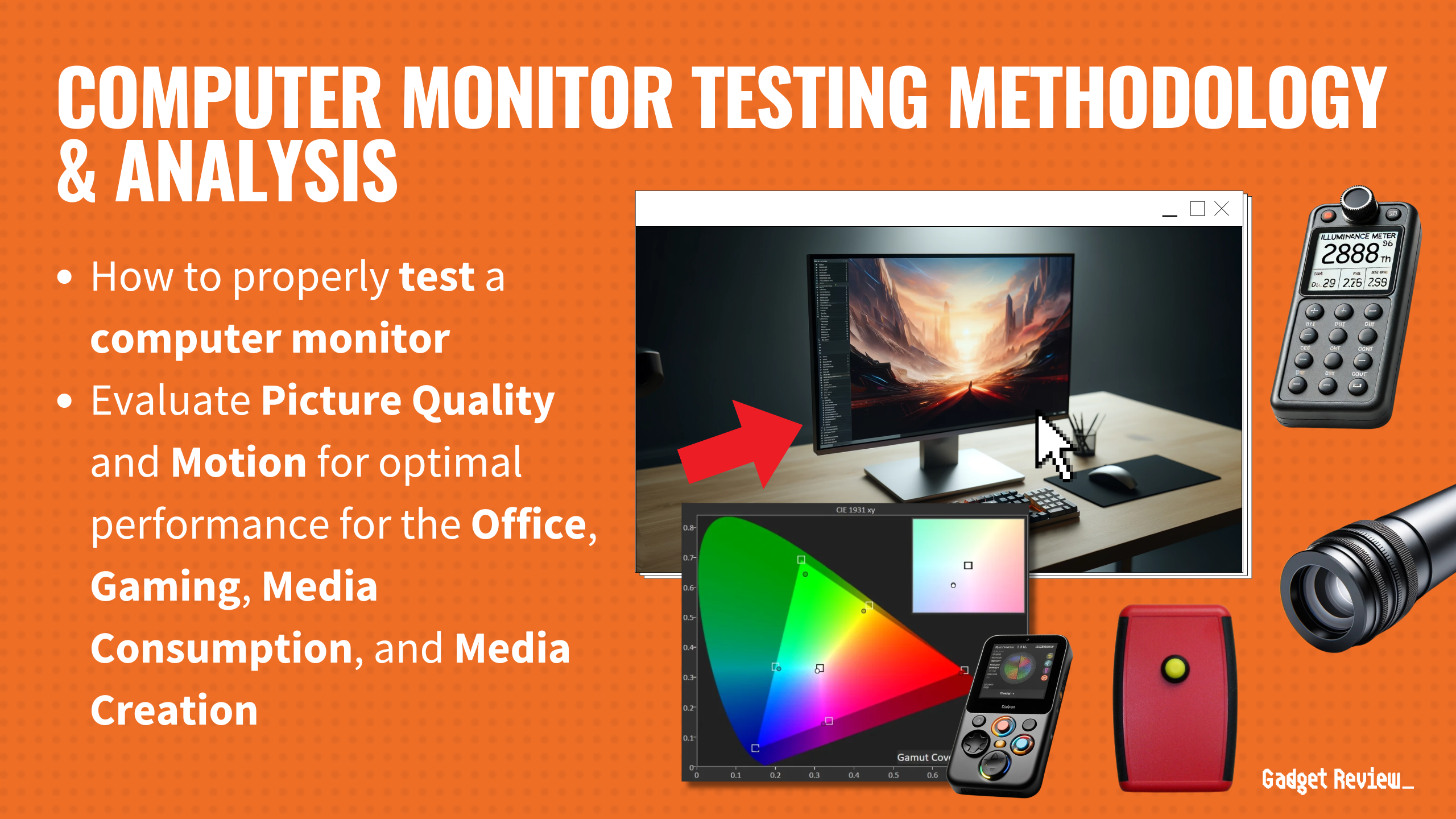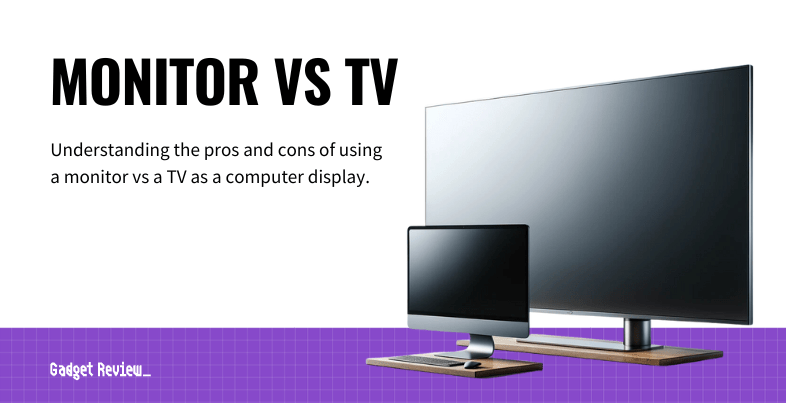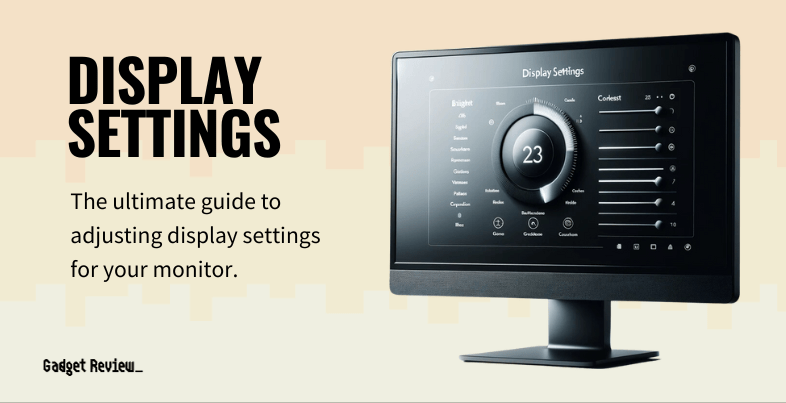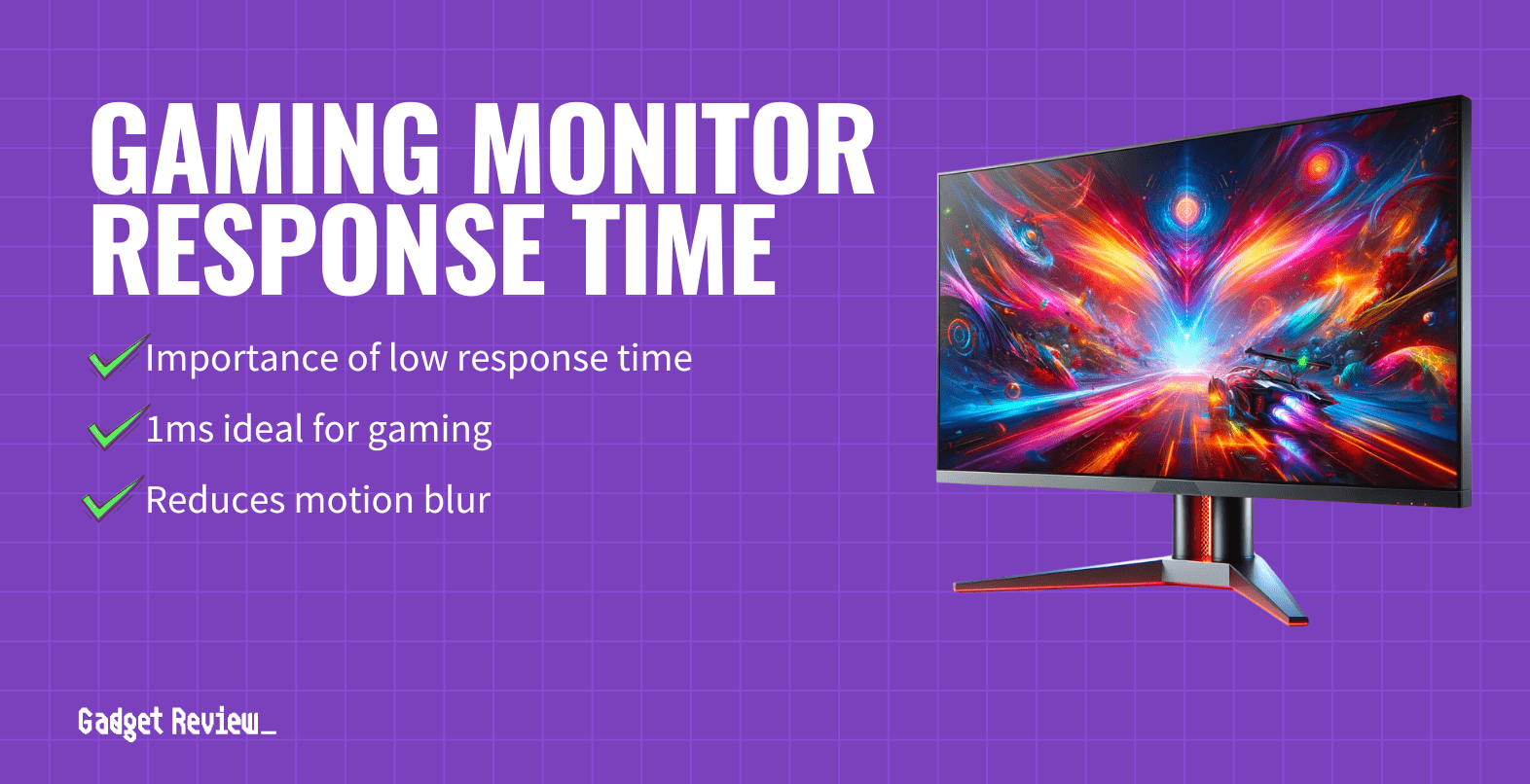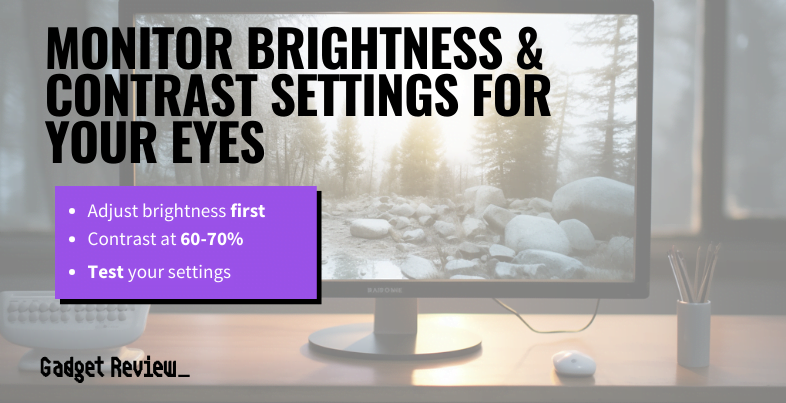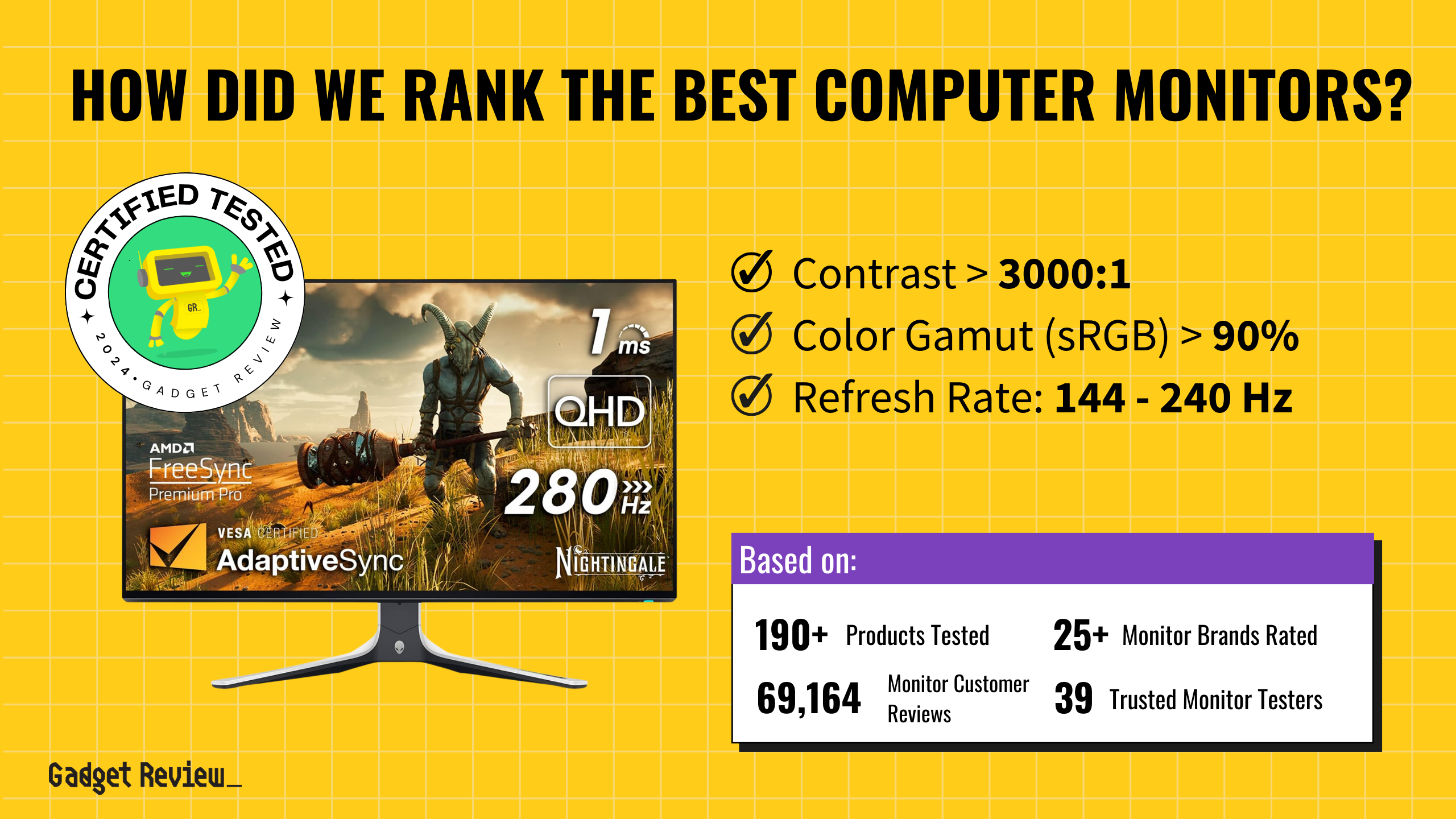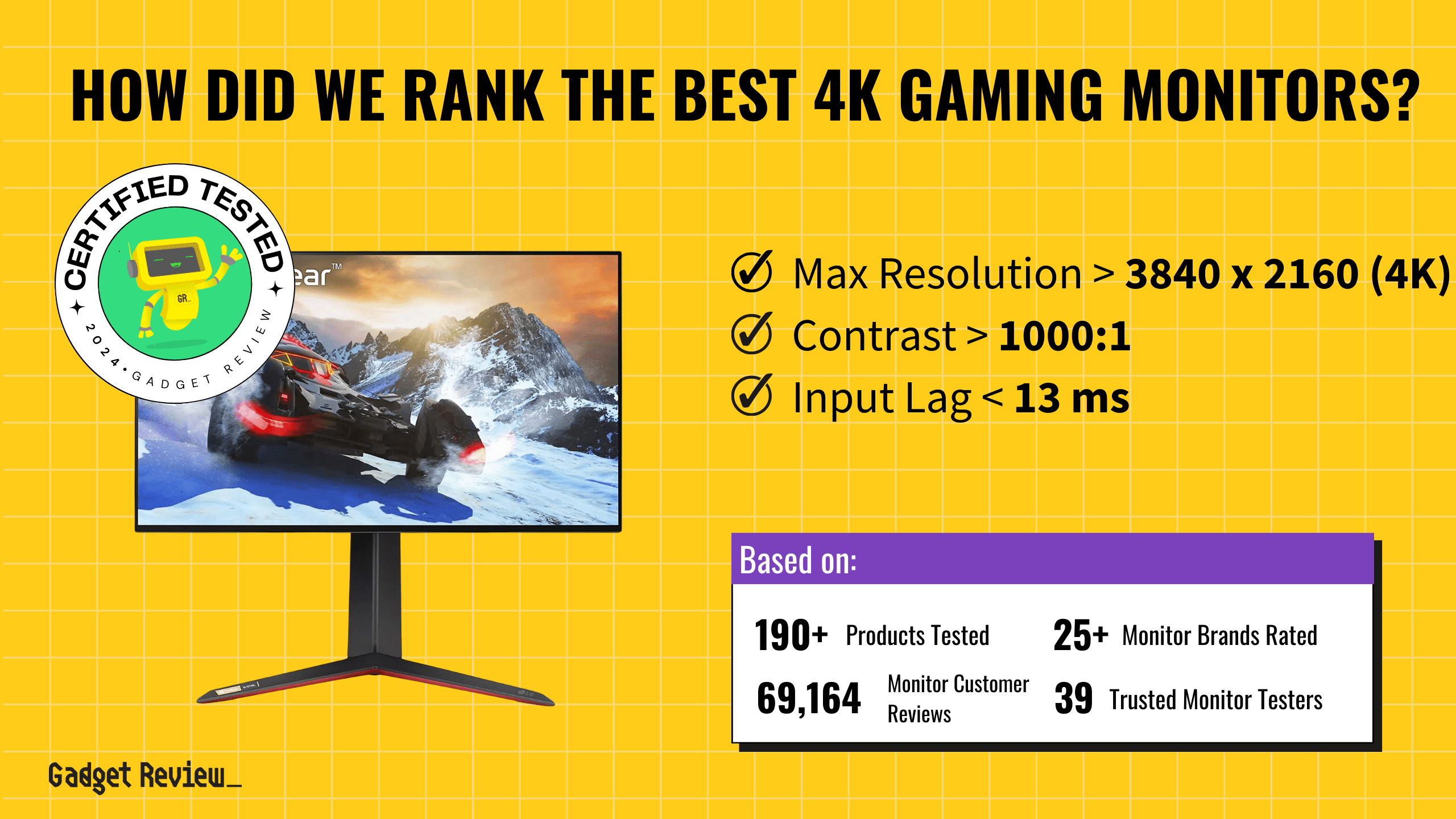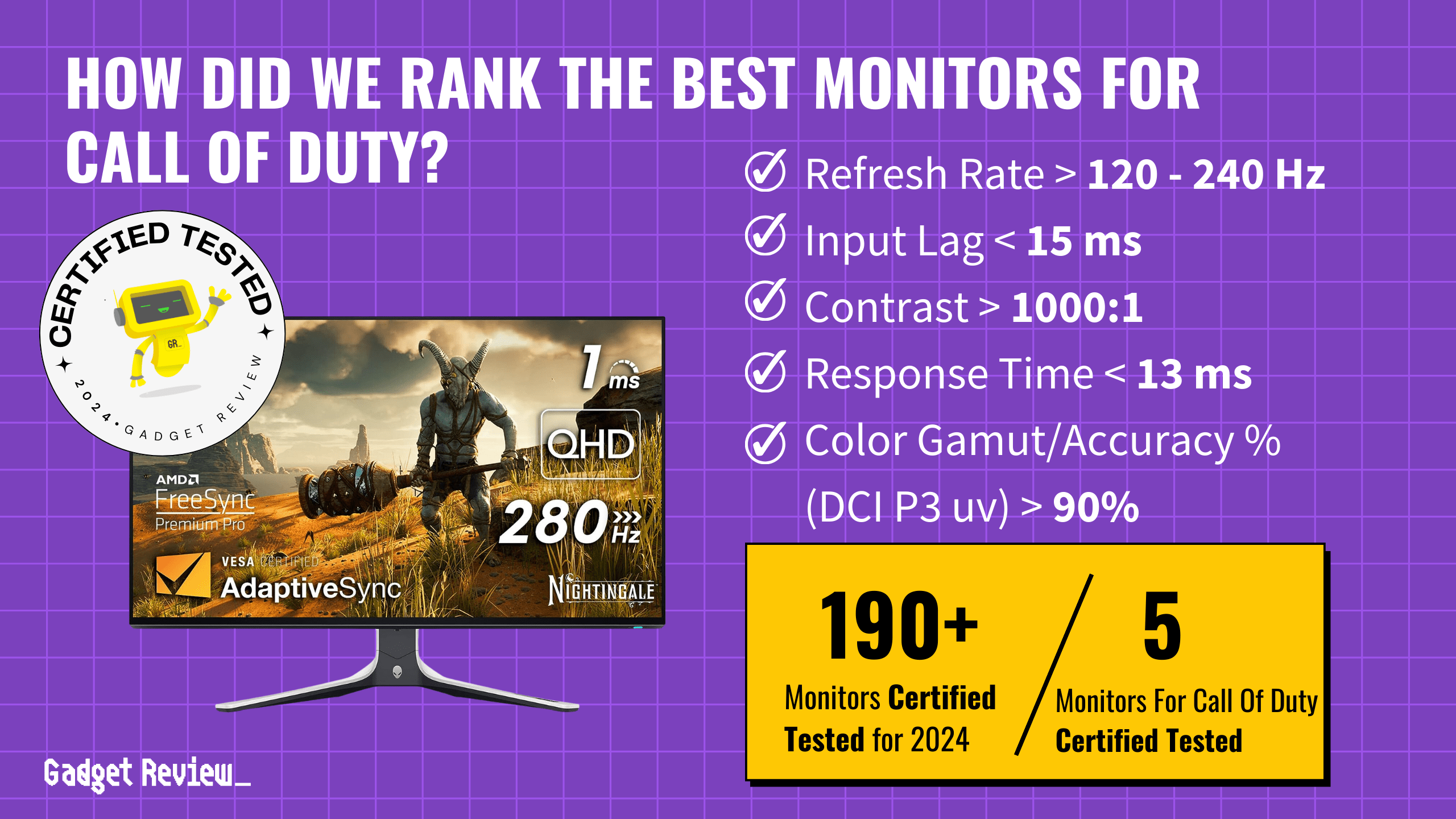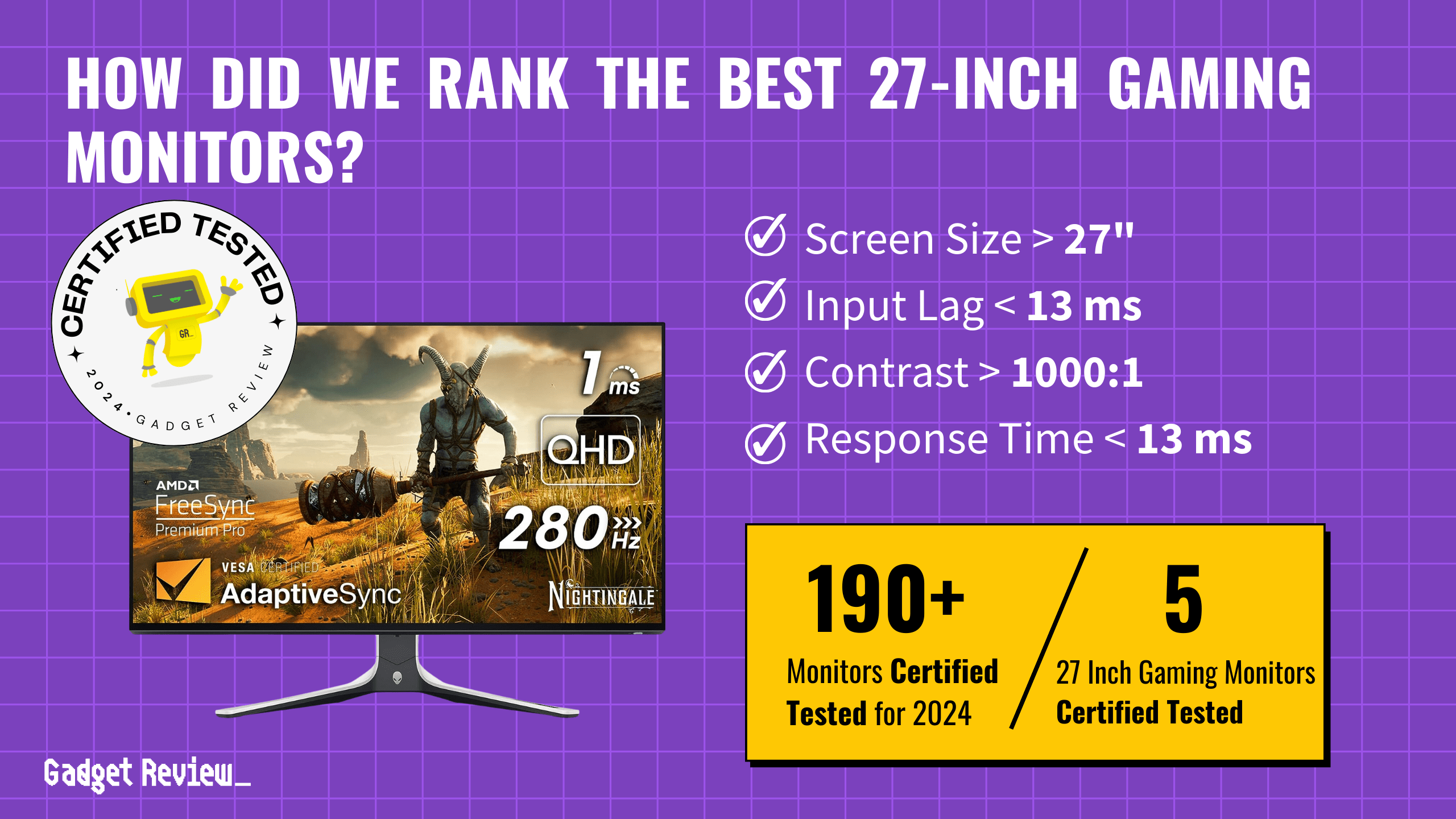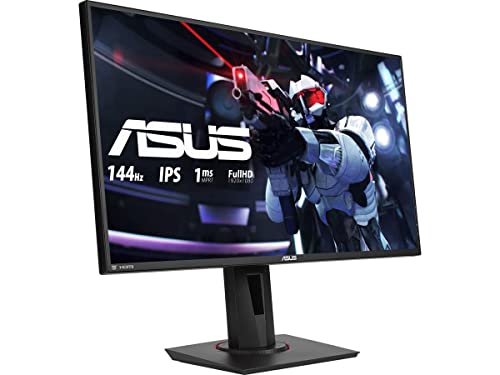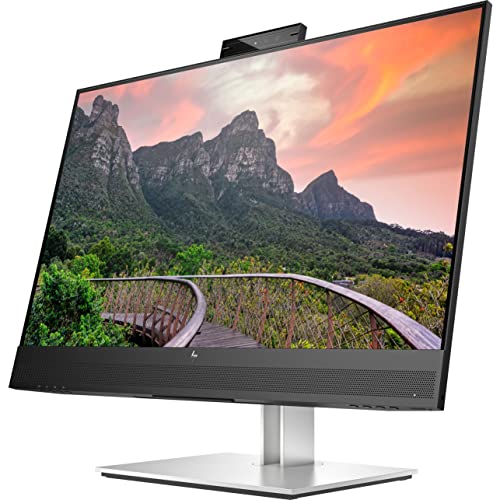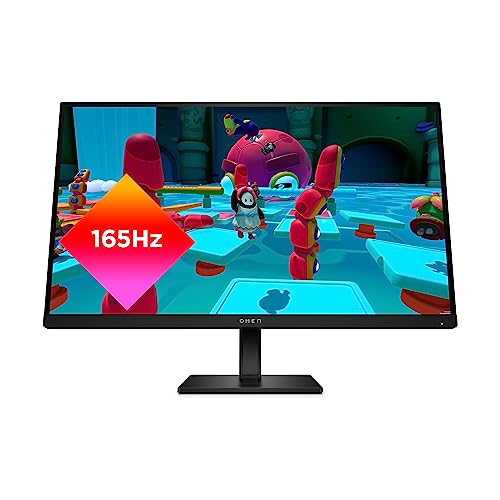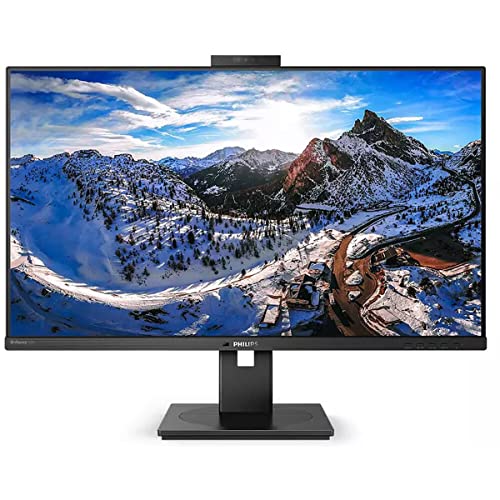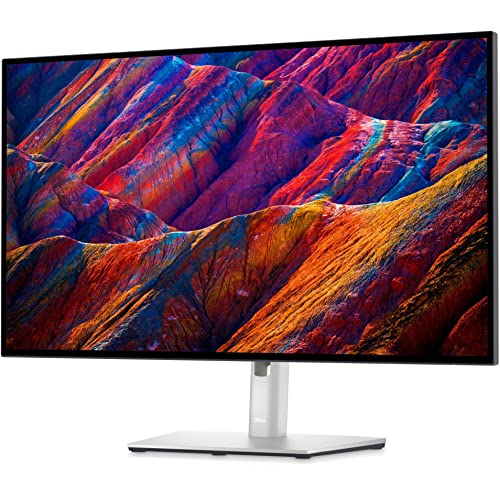
out of
Computer Monitors
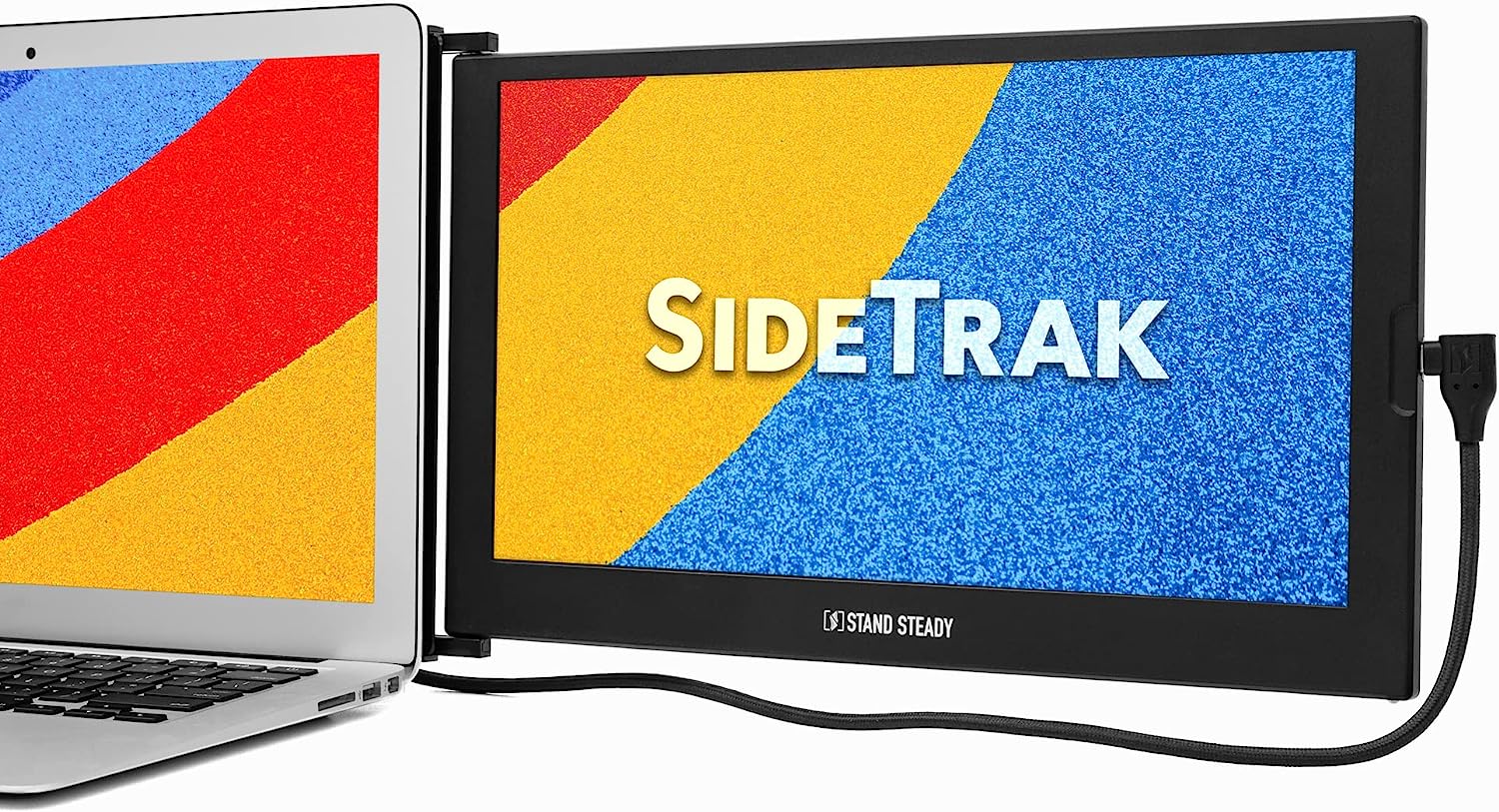
Sidetrak Portable Monitor Review
→
Published
True Score
True Score is an AI-powered algorithm of product tests and customer reviews.
Mixed Reviews

Experts
Consumers
Expert Rankings
(
)
Product reviewers loved the SideTrak Portable Monitor’s light weight but had reservations about its poor black levels, lack of HDR support, low brightness, and limited color accuracy.

We’re reader-supported. Commissions finance our mission. Our ‘True Score‘ system independently powers ratings. Learn more
Product Snapshot
Overview
The SideTrak Portable Monitor is an affordable, budget monitor released by Stand Steady back in mid-2019. The display is an excellent option for users who want two screens for increased productivity or users who need to have an extra monitor attached to their laptop for seamless use. Weighing only 1.65 pounds, the SideTrak Portable is a lot lighter compared to the Fiodio 15K3F-C at 3.9 pounds, making it much easier to carry around. It also boasts a Full HD resolution, and with seamless compatibility for both Macbook and Chromebook users, it will not require a lengthy setup process to get to work. Sit tight and read through the rest of this SideTrak Portable Monitor review to find out whether it can compete with some of the top computer monitors in the market.
Consensus
our Verdict

The SideTrak Portable Monitor is lightweight and great for people who need to stay productive while on the go. It has a Full HD resolution for clear text and images, but its black levels, lack of HDR support, limited color accuracy, and low peak brightness might not be for everyone.
ReasonS to Buy
- Lightweight
- Full HD resolution
- Great build quality
Reason to Avoid
- No controls
- Low peak brightness level
- Low color accuracy
- Poor black levels
- No HDR support
Sidetrak Portable Monitor Specs
| Display Type | LCD | |
| HDMI Inputs | n/a | |
| HDR Format | n/a | |
| Max Resolution | 1920 x 1080 (Full HD) | |
 | Panel Type | TFT |
| Refresh Rate | 60 Hz | |
 | Response Time | 8 ms |
| Screen size | 12.5" | |
 | Sync Technology | n/a |
All Specs
Test Results
These are the most important criteria to test for Computer Monitors based on our comprehensive Testing Methodology.
| Brightness (nits) | 139.3 |
| Contrast Ratio (as ratio x:1) | 0 |
| Color Gamut/Accuracy % (DCI P3 xy) | 0 |
| Color Gamut/Accuracy % (DCI P3 uv) | 0 |
| Color Gamut % (sRGB Coverage xy) | 69.4 |
| Color Gamut % (Adobe RGB Coverage xy) | 0 |
| Color Gamut % (Rec. 2020 Coverage xy) | 0 |
| Color Gamut % (Rec. 709 Coverage xy) | 0 |
| Input Lag (ms) | 0 |
| Response Time (ms) | 0 |
| Horizontal Viewing Angle (Washout Left) | 0 |
| Horizontal Viewing Angle (Washout Right) | 0 |
| Vertical Viewing Angle (Washout Above) | 0 |
| Vertical Viewing Angle (Washout Below) | 0 |
| Reflections % (Total Reflections) | 0 |
All Tests

Can You Trust What You Read Online?
Fake reviews are taking over tech journalism—45% of sites are faking product tests. Don’t be misled.
Sign up now for exclusive access to Gadget Review’s bombshell investigation and uncover the truth about tech journalism.
Plus, stay ahead with our daily newsletter, packed with insights you can trust.
All Stores
Updated every 24 hours
- Save $81$269.96$189.00
Availability
In StockFree Shipping
No - Save $80$279.99$199.99
Availability
In StockFree Shipping
Yes - $287.95
Availability
In StockFree Shipping
- $319.99
Availability
In StockFree Shipping
Yes
Score Card
E
Expert Score
*.75
We place a 75% weighted value on Expert Test Scores
C
Customer Score
*.25
We place a 25% weighted value on Customer Scores
True Score
Any product with a True Score below 60 is a Total Dud
Learn More About Computer Monitors
Computer Monitor Buying Guides_
Latest DEALS_
-
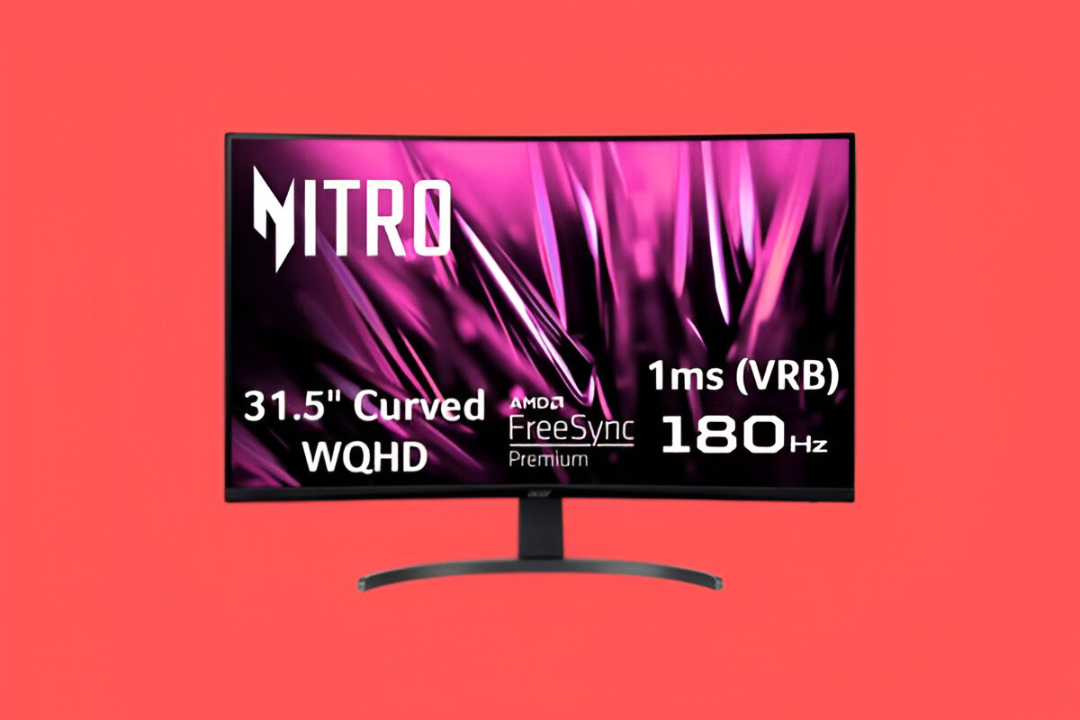
This Acer Nitro 31.5″ Curved Gaming Monitor Is $260 Off, and Brings a 180Hz Refresh Rate for Under $200
·
-

This Samsung Odyssey OLED G8 Gaming Monitor Is $400 Off, and Delivers 4K OLED Visuals With a 240Hz Refresh Rate
·
-
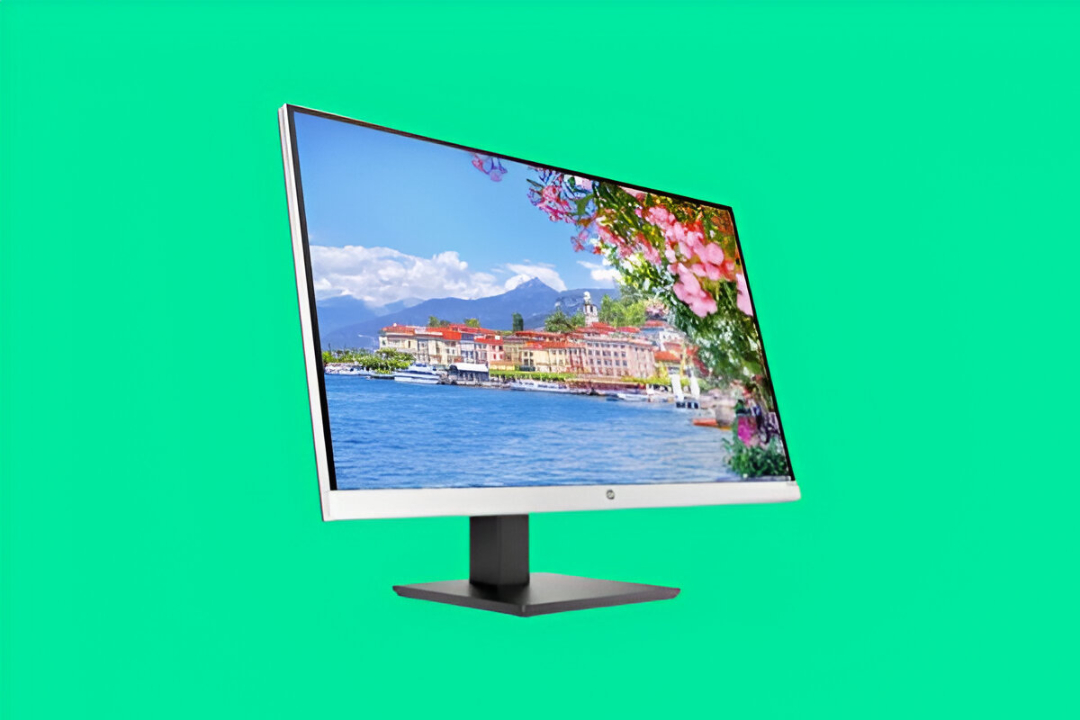
This HP 27-inch QHD Monitor Is $130 Off, and Comes with Adjustable Height for Just $239.99
·
-
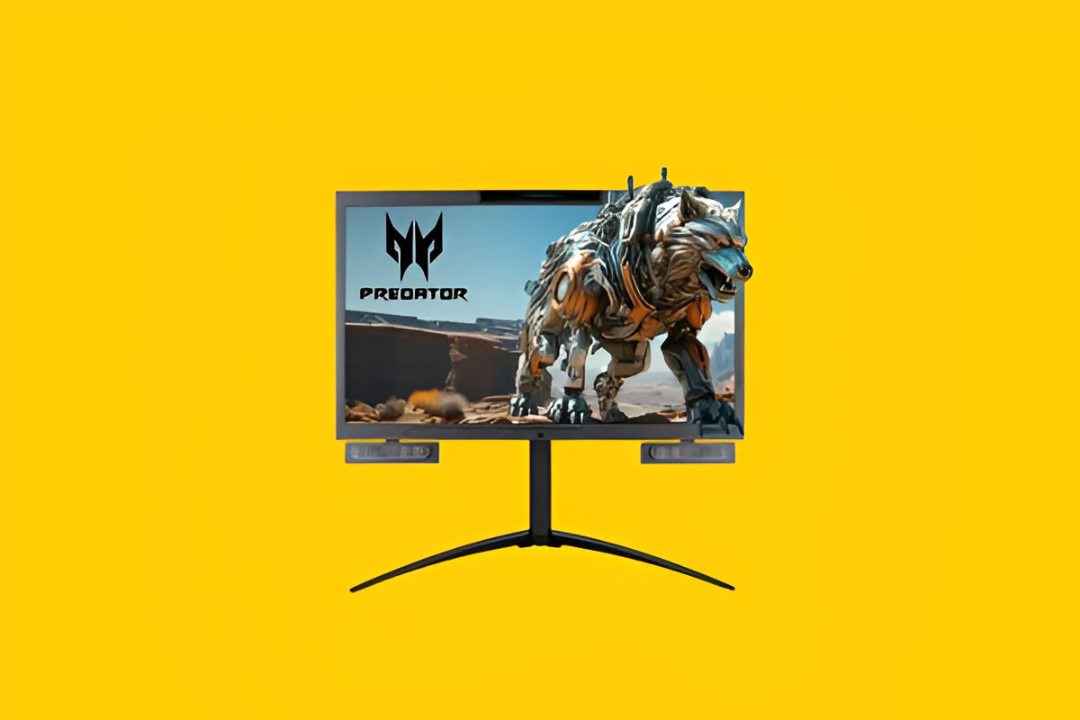
Acer Predator SpatialLabs View 27″ 3D 4K Gaming Monitor Is $200 Off — Glasses-Free 3D at Home
·
-
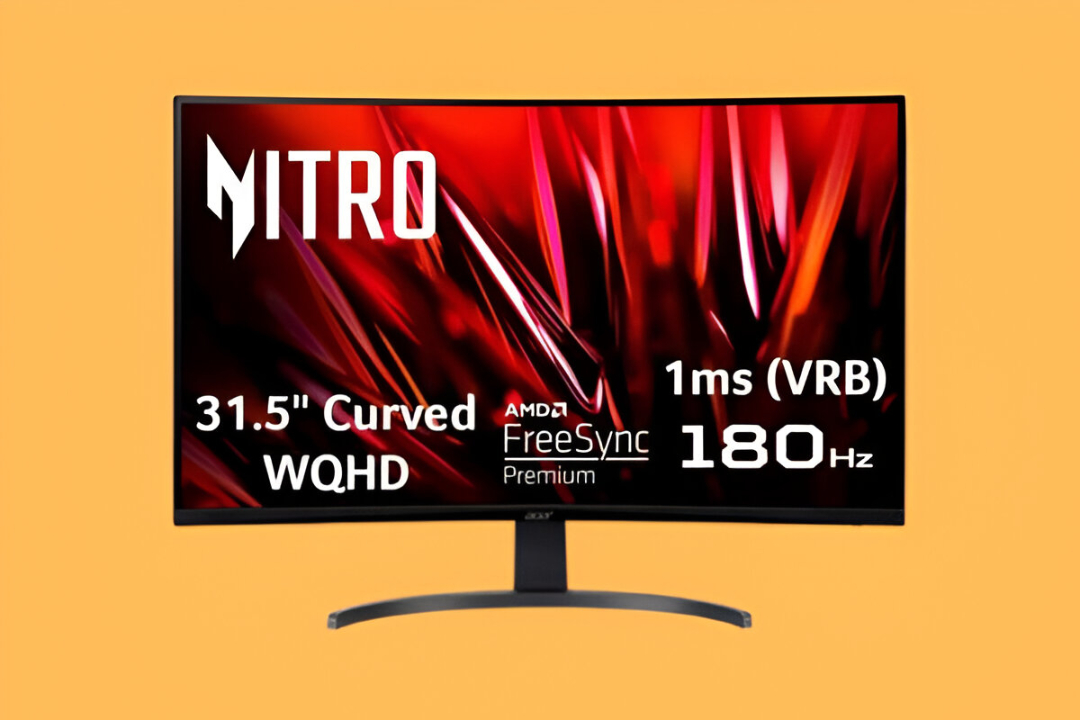
This 31.5″ Acer Nitro Curved WQHD Gaming Monitor Is $260 Off, Now Just $199.99
·



